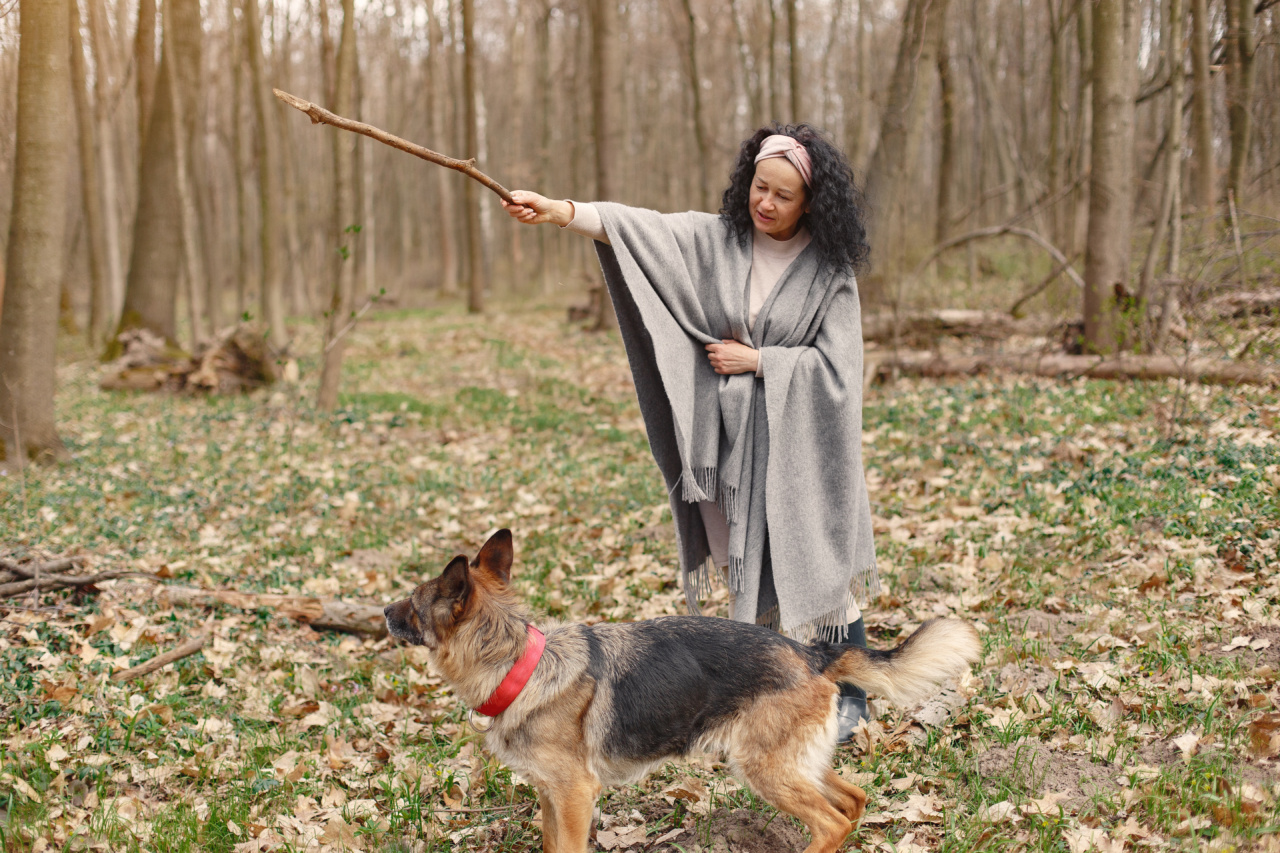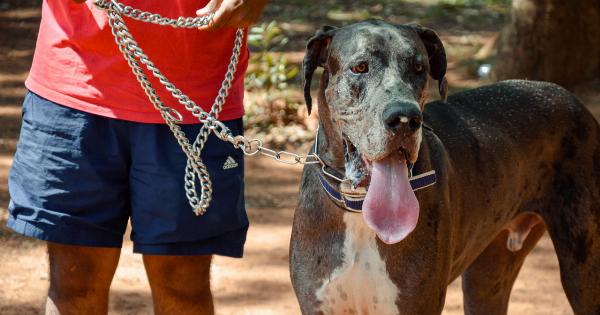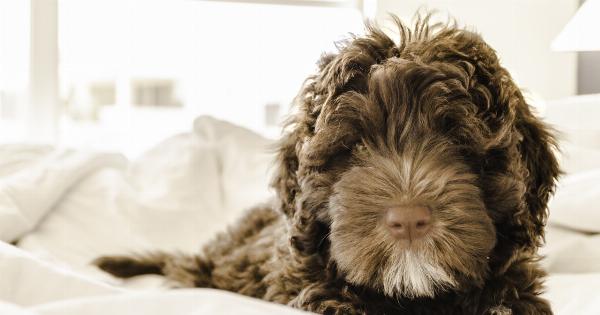Welcome to our comprehensive guide on crate training, an effective method for teaching your dog to be alone.
Crate training is a popular and successful technique used by dog owners worldwide to help their pets adjust to being alone, whether it’s for short periods or extended durations. In this article, we will discuss the benefits of crate training, the steps involved in crate training your dog, and some helpful tips to make the process smooth and successful for both you and your furry friend.
Understanding Crate Training
Before we delve into the details, it’s important to understand what crate training is all about. Crate training involves using a crate or a cage-like enclosure for your dog to create a safe and comfortable space for them.
Dogs instinctively seek a den-like environment, and crate training capitalizes on this natural instinct to provide them with a secure and private space when they need to be alone.
Contrary to popular belief, crates are not meant to be used as punishment tools. Instead, they should be introduced to your dog as a positive and welcoming space.
When crate training is done correctly, it can become a safe haven for your dog, reducing separation anxiety, preventing destructive behavior, and aiding in the overall well-being of your pet.
The Benefits of Crate Training
Crate training offers numerous benefits for both you and your dog. Let’s take a closer look at some of the key advantages:.
1. Provides a Secure Space
A crate offers a secure and enclosed space that mimics a den-like environment, allowing your dog to feel safe and protected.
This can be particularly helpful during thunderstorms, fireworks, or any situation that may cause anxiety in your furry companion.
2. Eases Separation Anxiety
Dogs are pack animals and naturally want to be close to their owners. Crate training can help ease separation anxiety as it creates a sense of security and teaches your dog to be comfortable when left alone.
3. Prevents Destructive Behavior
Many dogs exhibit destructive behavior when left alone, such as chewing on furniture or shoes. Crate training provides a controlled environment that keeps your dog from engaging in destructive habits, protecting both your belongings and your pet.
4. Facilitates House Training
Crate training can be a valuable tool in house training your dog. Dogs naturally avoid soiling their sleeping area, so by confining them to a crate, you can help establish a routine for bathroom breaks and reinforce positive toilet habits.
5. Promotes Travel Safety
If you frequently travel with your dog, crate training is crucial for their safety and the safety of other passengers.
A crate provides a secure space in the car and prevents the dog from distracting the driver or getting injured in case of an accident.
The Crate Training Process
Now that we understand the benefits of crate training, let’s explore the step-by-step process of crate training your dog:.
1. Choosing the Right Crate
When selecting a crate, it’s important to consider the size, material, and features that will suit your dog’s needs. The crate should be spacious enough for your dog to comfortably stand, turn around, and lie down in.
2. Introducing the Crate
Start by introducing the crate as a positive space. Place treats, toys, and comfortable bedding inside to encourage your dog to enter the crate willingly. Leave the door open and allow your dog to explore the crate at their own pace.
3. Feeding in the Crate
To further associate the crate with positive experiences, you can start feeding your dog inside the crate. Begin by placing their food bowl near the crate and gradually moving it inside until your dog eats their meals comfortably inside the crate.
4. Gradual Enclosure
Once your dog is comfortable entering and eating in the crate, you can begin gradually closing the door for short durations. Stay close by and reassure your dog with a calm and soothing voice.
Gradually increase the duration of confinement as your dog becomes more relaxed.
5. Creating a Routine
Establishing a routine is essential for successful crate training. Make sure to have scheduled crate time every day, gradually increasing the duration as your dog grows accustomed to being alone. Consistency and patience are key during this phase.
6. Reinforcing Positive Associations
As your dog becomes more comfortable with their crate, continue rewarding them with treats, praise, and playtime whenever they willingly enter or remain calm inside the crate.
This positive association reinforces the idea that the crate is a safe and comfortable space.
7. Gradual Alone Time
Once your dog is comfortable being in the crate with the door closed, you can start leaving them alone for short periods. Begin by leaving the room for a few minutes and gradually increase the time as your dog learns to be alone without distress.
8. Avoidance of Prolonged Confinement
It’s important to note that crate training should not involve prolonged confinement. Dogs should not be left in the crate for extended periods, as this can lead to boredom and discomfort.
The crate should be used as a temporary space when your dog needs to be alone or during specific situations.
Helpful Tips for Successful Crate Training
To ensure a smooth and successful crate training experience, here are some helpful tips to keep in mind:.
1. Patience is Key
Crate training takes time and patience. Every dog is unique, and some may take longer to adjust than others. Avoid rushing the process and allow your dog to progress at their own pace.
2. Make the Crate Inviting
Add comfortable bedding and toys to make the crate a cozy and inviting space for your dog. This will help them associate positive experiences with the crate and strengthen the training process.
3. Never Use the Crate for Punishment
To maintain a positive association, never use the crate as a form of punishment. Your dog should perceive the crate as a safe and secure place, not a place of isolation or reprimand.
4. Gradually Increase Crate Time
Start with short periods of crate confinement and gradually increase the duration as your dog becomes more comfortable. This ensures that your dog does not associate the crate with negative experiences or feeling trapped.
5. Avoid Excessive Attention
Avoid excessive attention or fuss when putting your dog into the crate or letting them out. This helps prevent creating a dependence on your presence and reinforces the notion that crate time is a regular part of their routine.
6. Establish a Bathroom Routine
Take your dog outside to relieve themselves before placing them in the crate and immediately after letting them out. This reinforces good bathroom habits and reduces accidents inside the crate.
7. Monitor for Distress Signals
Pay close attention to your dog’s behavior during crate training. If they show signs of distress, such as excessive whining, barking, or pawing at the crate, reassess the training process and adjust accordingly.
8. Consider Crate Location
Place the crate in an area where your dog feels connected to the family, such as the living room or bedroom. This helps reduce feelings of isolation and ensures your dog doesn’t feel left out from daily activities.
9. Use Treats and Positive Reinforcement
Treats and positive reinforcement play a vital role in crate training. Reward your dog with treats, praise, and affection whenever they exhibit desired behaviors inside the crate, reinforcing their positive association with the space.
10. Seek Professional Help if Needed
If you’re facing challenges or your dog is displaying severe anxiety during crate training, consider seeking guidance from a professional dog trainer or behaviorist.
They can provide tailored advice and address any specific issues you may be encountering.
Conclusion
Crate training is a highly effective method for teaching your dog to be alone and can provide numerous benefits for both you and your furry companion.
By creating a safe and comfortable space for your dog, you can ease separation anxiety, prevent destructive behavior, and promote overall well-being. Remember to approach crate training with patience, consistency, and positive reinforcement to achieve the best results.

























